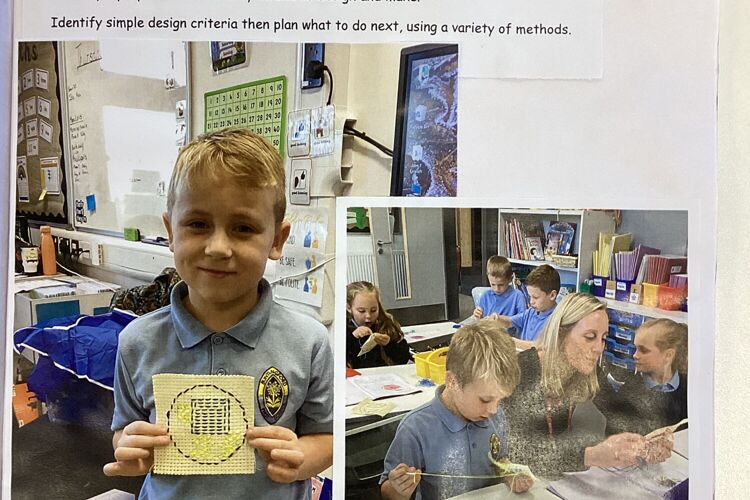Design and Technology
The aim of Design and Technology at Buntingford First School is to prepare students to participate in tomorrow’s rapidly changing world. They will learn to use current technologies and reflect on the impact of future technological developments. They'll also learn to think creatively and design to improve the quality of life, solving problems as individuals and members of a team.
They'll develop intellectual curiosity about the design and manufacture of products and systems, and their impact on daily life and the wider world. Students will work collaboratively to develop and refine their ideas, responding to feedback. They will gain an insight into the creative, engineering and/or manufacturing industries and develop the capacity to think creatively, innovatively and critically through focused research and the exploration of design opportunities arising from the needs, wants and values of users and clients.
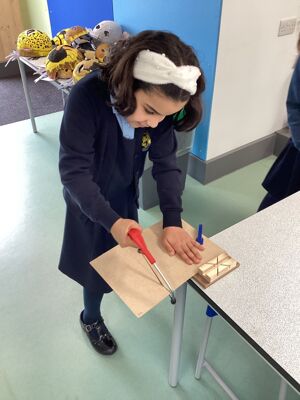 Why is Design Technology important?
Why is Design Technology important?
Design Technology helps us to develop as reflective learners, as we work through the design process.
Through design technology, we are able to work collaboratively to solve problems and find solutions, teaching us to deal with uncertainty whilst developing communication, organisational and other practical life skills.
In design technology, we learn to appreciate the needs of others, the built environment and the likely impact of future technologies.
When is Design Technology taught?
Design Technology is taught both through Skills Development Tasks and through design projects. The Satellite View maps out which thematic units feature this subject and clearly shows the objectives taught
How is Design Technology taught?
Design Technology is taught through a combination of subject knowledge, skill building and design and make projects. Food technology is also taught through thematic units and our 3D PSHE programme. Learning takes place both inside and outside the classroom.
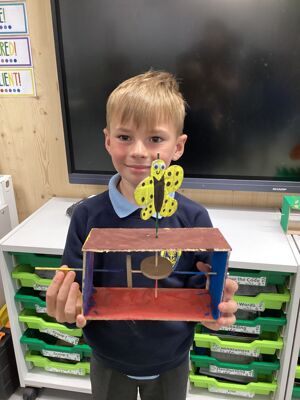 What do we learn in Design Technology?
What do we learn in Design Technology?
We learn about:-
Mechanisms
Sliders
Levers
Structures
Textiles
Food technology
Electronics
We also complete design technology projects in each phase for specified clients e.g. the pirate, the evil genius, allowing pupils the opportunity to both experiment and apply their knowledge and skills.
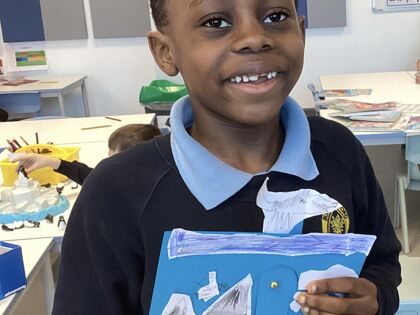
How do we assess and monitor design technology?
DT learning is recorded in learning books and should typically evidence all three stages (Plan, Make and Evaluate). Due to the practical nature of design and technology, evidence of work undertaken by children can be in the form of teacher’s notes or as a photographic record.
Teachers assess children’s knowledge, understanding and skills in design and technology by making observations of the children working during lessons. As part of our assessment for learning process, children will receive both verbal and written feedback in order to aid progress in the subject.
Planning: teachers will engage in a conversation with the pupil and look at initial planning in their learning book to determine their understanding of the design brief.
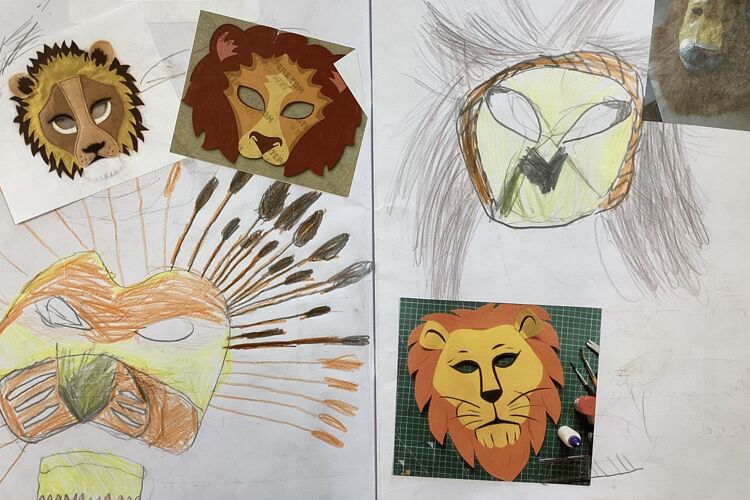
Making: pupils will explore different techniques depending on the design brief. They will be assessed on their competency of using each technique by observation and reflective conversations with their teacher.
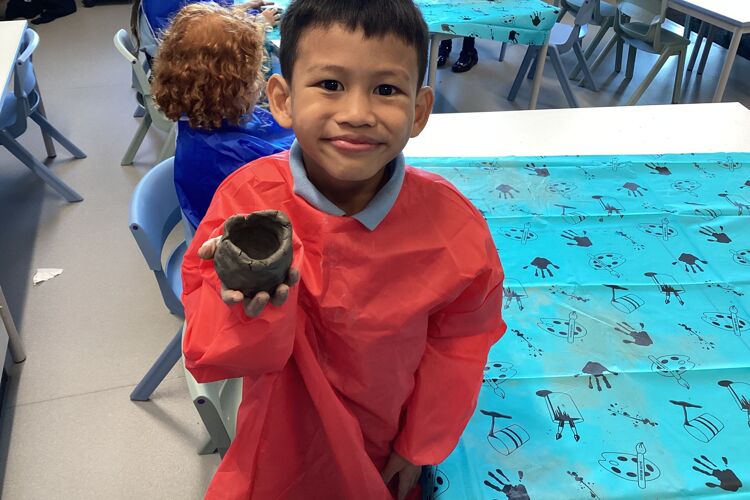
Evaluate: teachers will engage in a conversation with the pupil to determine their understanding of the effectiveness of their design.
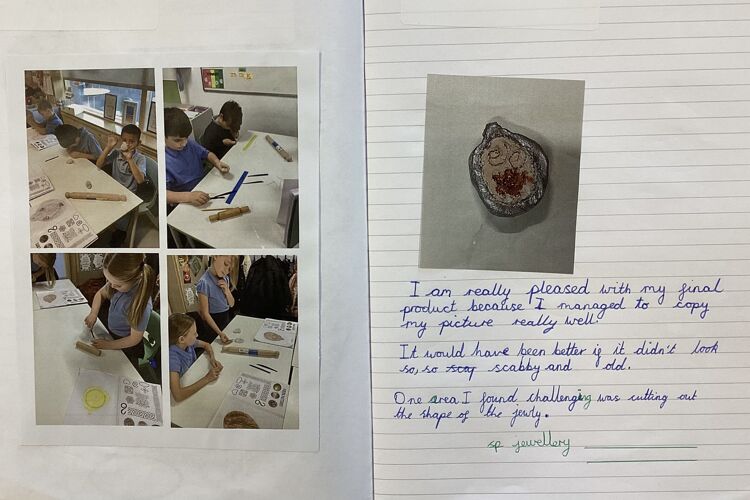
Use of the following questions helps to develop understanding in pupils and build our understanding of their abilities:
• Tell me about that you are drawing and what/which artists inspired you.
• What might you do next?
• Tell me about the materials and techniques you are using.
• What have you discovered?
• How do you feel about the end result?
• What kinds of problems did you encounter and how did you get round them?
• Tell me about things you really liked or enjoyed.
• What would you like to explore more of?
• What is the potential of what you have done? What could you do next?
